
Soil Health & Fertilization
We unite suppliers and green industry professionals worldwide
The Galaxys Petunia (Petunia hybrid) is a flower that seems to be painted with the universe itself.
By Victor Miller
|Published on June 11, 2025
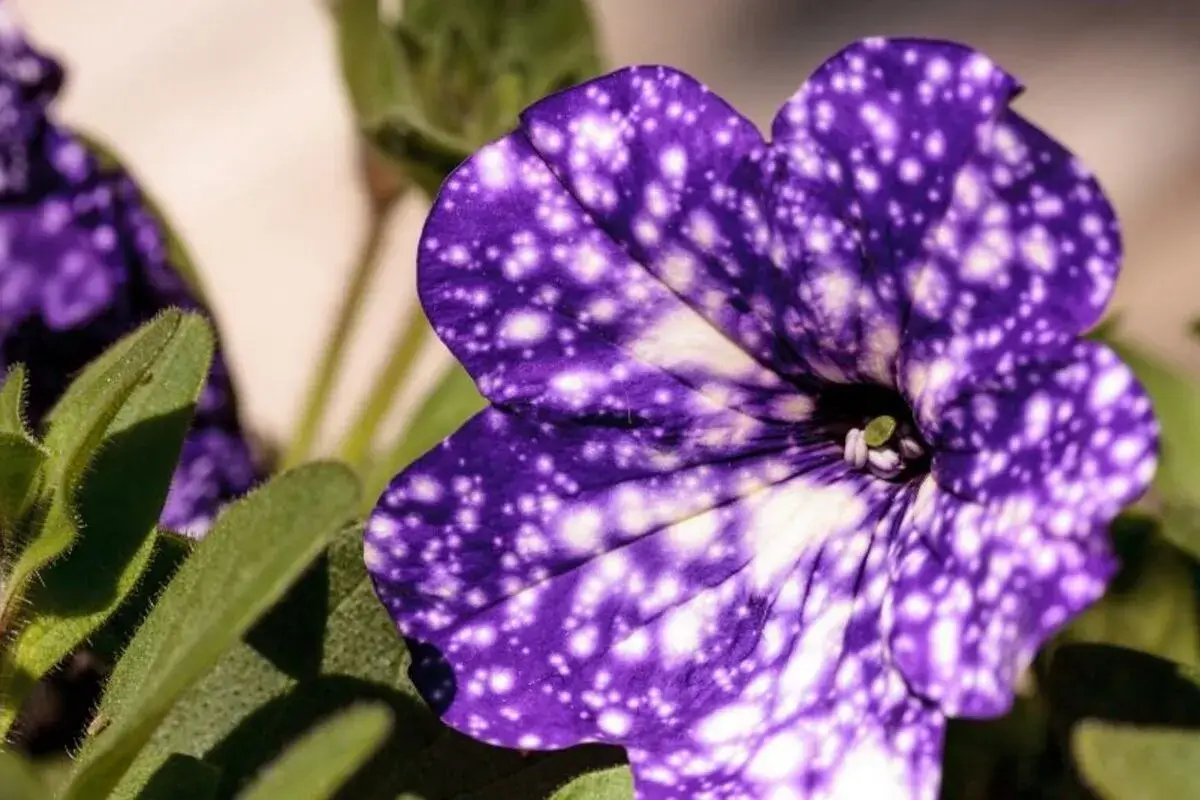

Imagine gazing up at the night sky filled with clear, radiant stars—now visualize it blooming in your garden! The Galaxys Petunia (Petunia hybrid) is a flower that seems to be painted with the universe itself. With deep purple petals scattered liberally with white speckling, this plant looks almost like a miniature galaxy in bloom.
Galaxy Petunia is a tough plant that is easy to grow as well as stunning to look at. It flourishes in sunny spots with very little attention, and it shines in hanging baskets, garden beds and patio containers. This petunia is more than a flower — it’s a conversation piece, a miniature version of the cosmos here on Earth.
| Botanical Name | Petunia hybrid |
| Common Name | Galaxy Petunia; Night Sky Petunia |
| Mature Size | 10-16 inches tall, 18-24 inches wide |
| Light Needs | Full sun |
| Soil | Well-draining, nutrient-rich soil |
| Watering Needs | Average, prefers slightly moist soil |
| Hardiness Zones | 9–11 (grown as an annual in other areas) |
| Bloom Time | Spring to frost |
| Flower Color | Dark purple with white speckles |
| Growth Rate | Fast-growing |

September 25, 2025
9 minute read
September 24, 2025
9 minute read
September 23, 2025
10 minute read
September 22, 2025
9 minute read


Join as a seller and connect with thousands of B2B buyers nationwide!
Sign Up
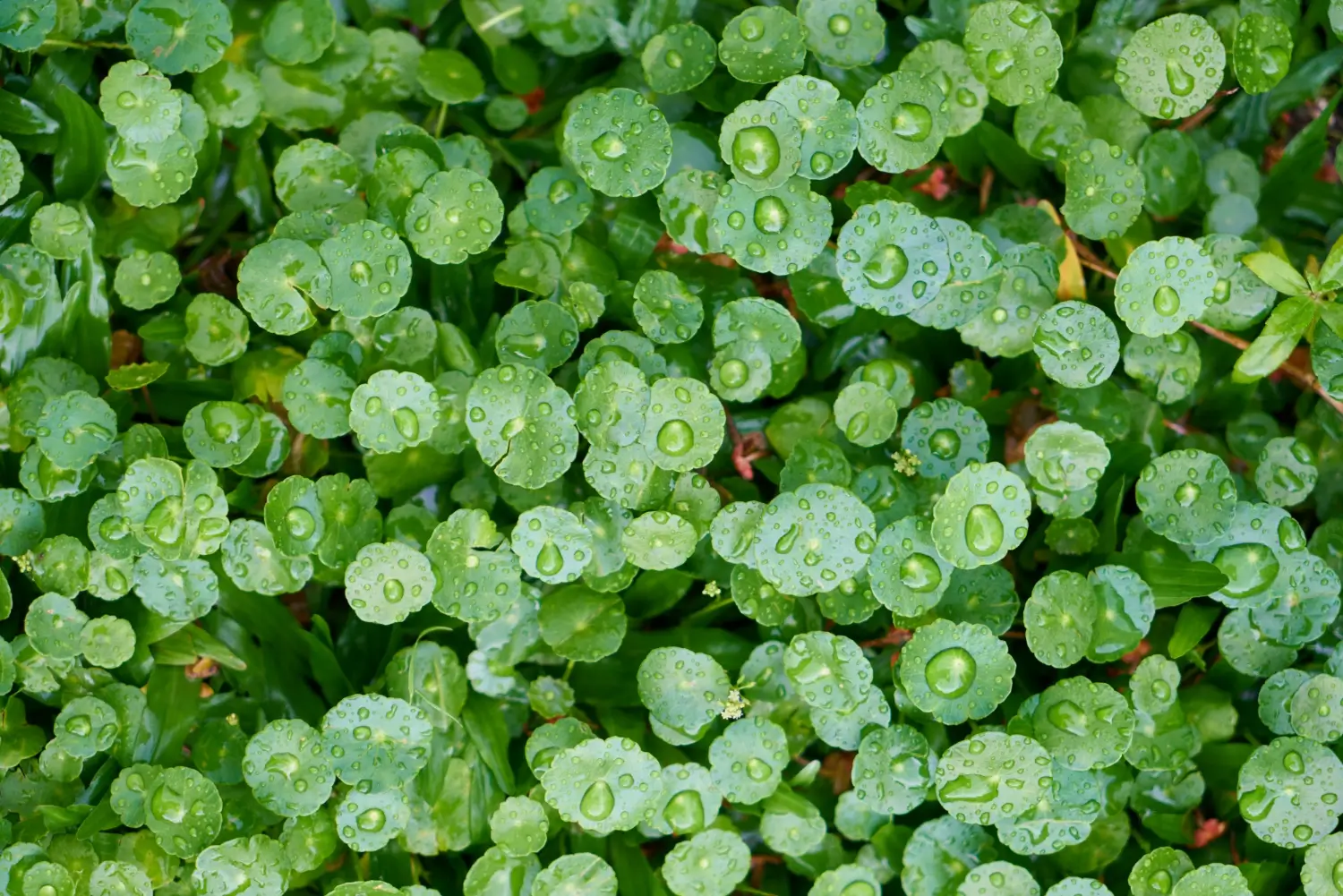
Watercress
A pepper green that’s as spicy as it is fresh
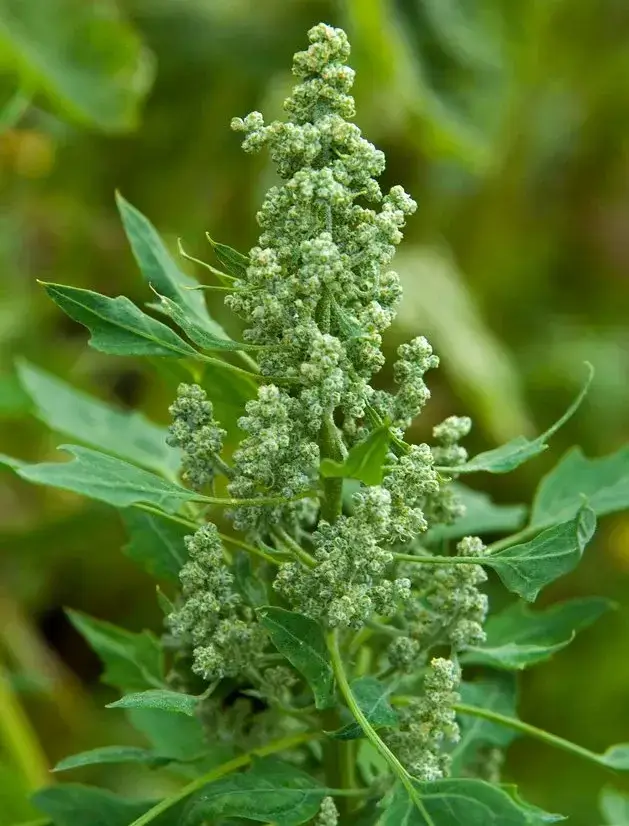
Quinoa
Though a typical grain, quinoa is actually the seed of a flowering plant, and its nutritional profile surpasses those of many real cereals with its high protein, fiber and mineral content.
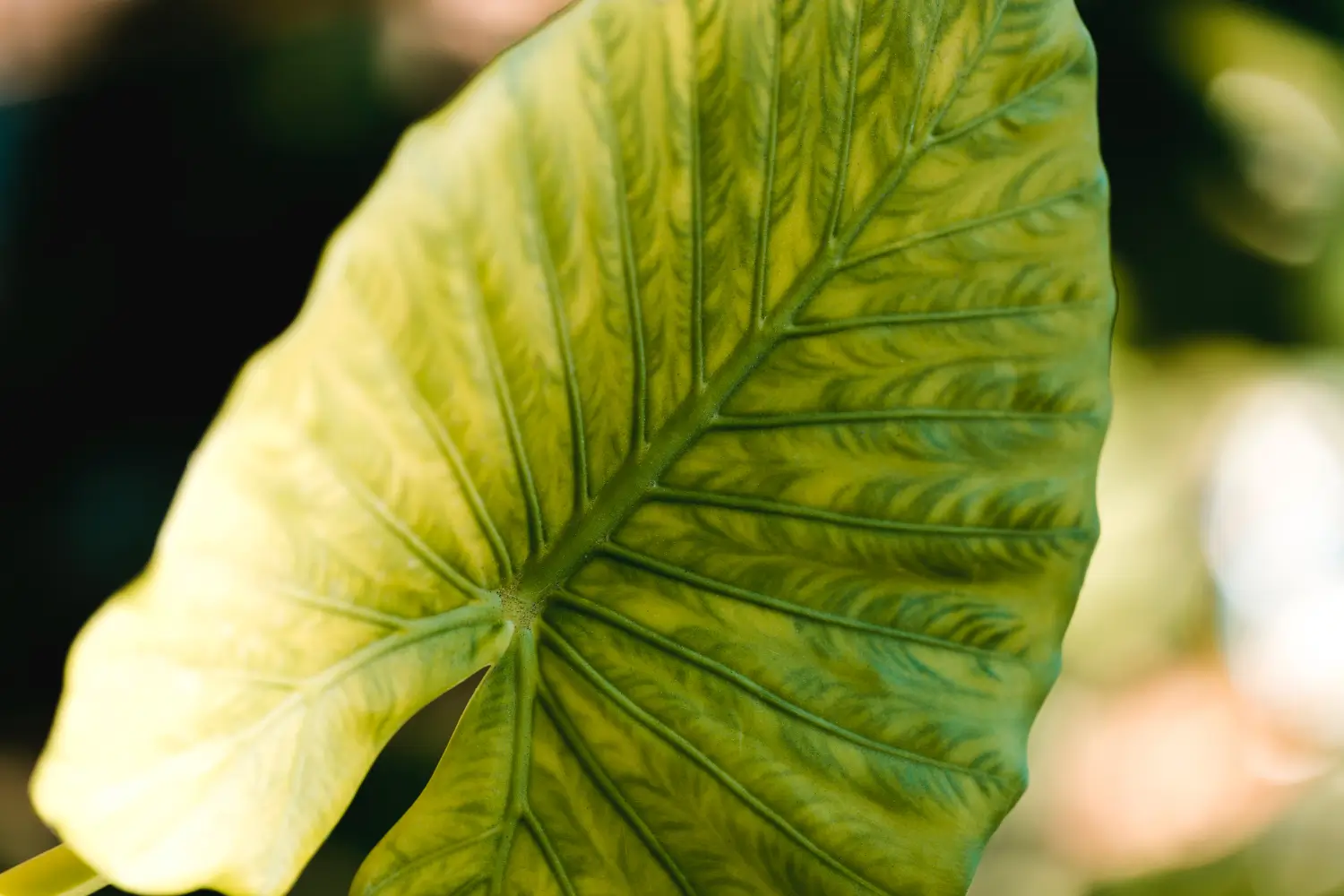
Xanthosoma
A Tropical Beauty That Delivers Drama With Its Foliage and Lush, Exotic Vibe
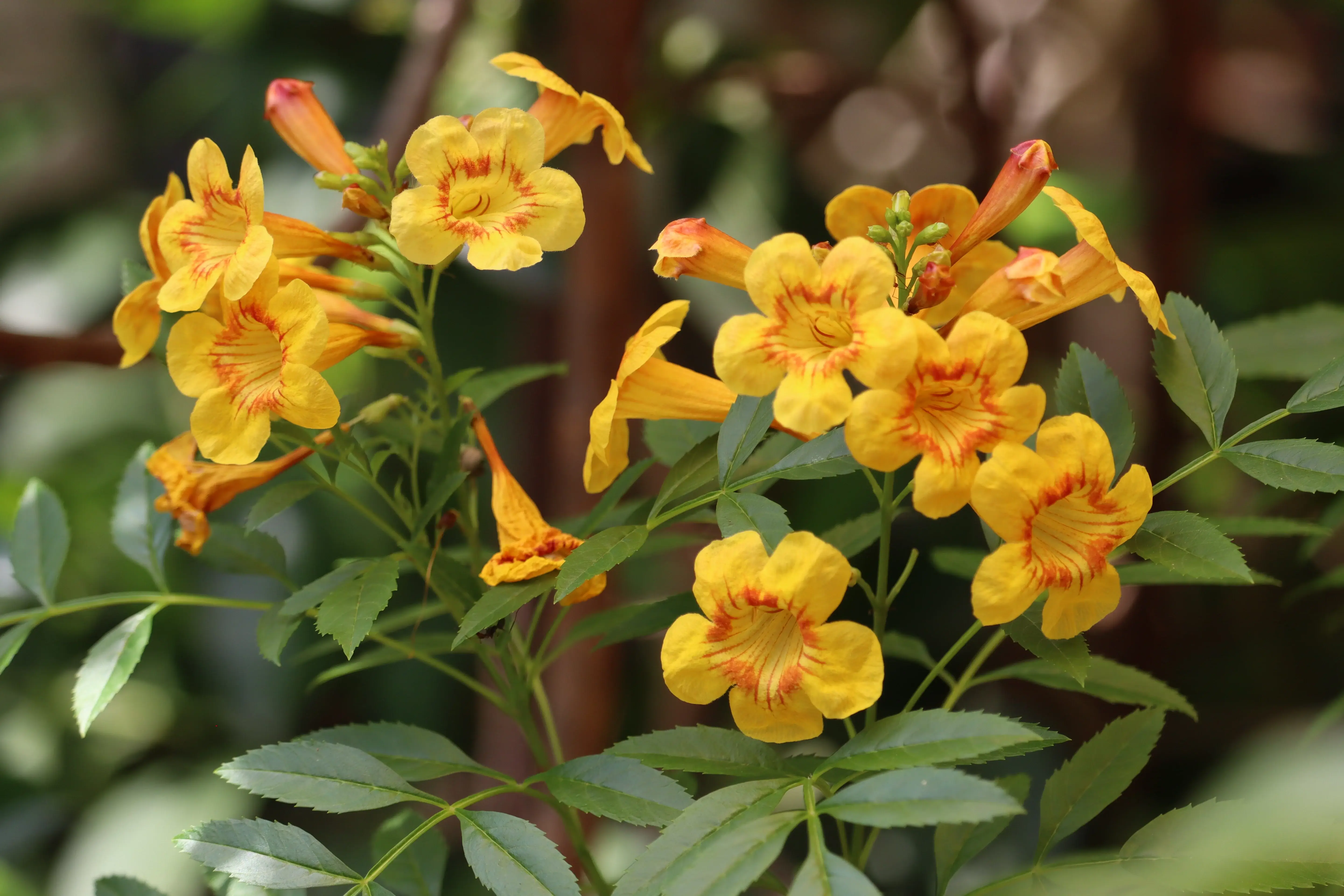
Yellow Bells
A Sun-Loving Stunner That Blooms Without End
The Galaxy Petunia is easy to care for, making it a good option for novice and advanced gardeners alike. With right balance of sunlight, water and the right soil mix, these flowers will bloom beautifully all season long.
To keep their magnificent starry patterns and deep purple color, the Galaxy Petunia needs six to eight hours of full sun per day. Morning sunshine is especially advantageous because it dries out the extra moisture that provokes fungal diseases. If grown in too much shade, the plant will become leggy and weak and will produce fewer blooms.
A well-draining, fertile soil is essential for the best growth.Loamy or sandy soil with slightly acidic to neutral pH (6.0-7.0) is preferred. To improve drainage if your garden soil holds too much moisture, mix in compost, sand or perlite. A healthy soil base allows for continuous blooming, and it avoids problems like root rot.
Galaxy Petunias need steady moisture but can be harmed by over watering. The soil should be kept evenly moist; never soggy. Watering two to three times a week is often enough, though you may need to increase that on hot summer days.
You should water at the base of the plant because wet foliage can cause fungal infections. In potted plants, check the soil moisture daily because containers dry out more quickly than garden beds. Water if the top inch of soil is dry.
Regular pruning is essential to keep Galaxy Petunias looking full and bushy. Without it, they become leggy — and eventually flower less and less.
Deadhead (remove spent flowers) any that are starting to fade to encourage continuous blooming. This redirects the plant’s energy into producing new blooms rather than developing seeds. Pruning weak or yellowing leaves is also a way to promote better air circulation, helping to reduce disease in the plant.
Properly maintained, the plant will deliver prolific star-speckled blooms throughout the season.
This plant can be propagated with cuttings or from seed. Seeds can be grown, but most gardeners start from cuttings since they give you an exact clone of the parent plant and root faster.
When propagating via cuttings, select a healthy stem approximately four to six inches long and strip the lower foliage. Soaking the cut end in a rooting hormone may increase the likelihood of success. Put the cutting in damp potting soil and let it sit somewhere bright and warm. The cuttings should take root in two to three weeks and can then be planted outside.
If starting from seeds, start them indoors eight to 10 weeks before the last frost. Start them indoors with a seed-starting mix, keeping soil moist but not soggy, and provide warmth and light for successful germination. Once the seedlings have at least two sets of true leaves, they can be moved outside.
Galaxy Petunias are perfect for containers, where their cascading habit and celestial blooms shine. To ensure their success:
Hanging baskets and window boxes are also excellent choices, allowing the starry blooms to cascade beautifully over the edges.
While Galaxy Petunias are most commonly grown as annuals, wintering them indoors can extend your enjoyment of them. Before the first frost, cut the plant back and bring it to a bright, sunny indoor window. Cut back on watering in the cooler months, allowing the soil to dry slightly.
For a fresh start in the following season, consider taking cuttings in fall and propagating them indoors. This ensures new, healthy plants for next spring’s garden.
The blooming period for Galaxy Petunias lasts from spring until the first frost, with the most intense flowering occurring in summer. Their speckled patterns are influenced by temperature changes, with cooler nights often enhancing the starry effect.
For a non-stop show of flowers, grow the plant in full sun and deadhead consistently and fertilize regularly. The white speckles may disappear if there is too much nitrogen or too much heat, resulting in solid purple flowers. In these cases, some shade during the hottest part of the day would help preserve their signature cosmic patterns.
Galaxy Petunias are generally easy to grow, but they do have a few issues:
Routine care and monitoring for early signs of problems will help keep your petunias in great health and flourishing.
Perfect for the busy gardener, with stunning outer space aesthetics, Galaxy Petunias are like a piece of the universe brought right to your garden. Whether cascading from hanging baskets or brightening up flower beds, they create a stunning, celestial display that lasts all season long.
Yes! Although their mesmerizing patterns appear almost surreal, they are naturally occurring hybrids that have a genetic variation that produces their unique speckled blooms.
They are considered annuals in most climates but can live year-round in zones 9-11. They can also be overwintered indoors or grown from cuttings for next season
The starry effect is influenced by temperature changes. Warmer conditions may diminish or remove the white speckles. Providing some shade during hot afternoons can help restore their celestial look.

Soil Health & Fertilization
Victor Miller

Pest Identification & Prevention
Victor Miller

Lawn Care Tips & Maintenance
Victor Miller

Soil Health & Fertilization
Victor Miller

Smart Irrigation Systems
Victor Miller

Patios, Walkways & Driveways
Victor Miller

Soil Health & Fertilization
Victor Miller

Pest Identification & Prevention
Victor Miller
My Account
Our team is always here to help.
We are open Monday - Friday, 9:00 AM to 4:30 PM PST.